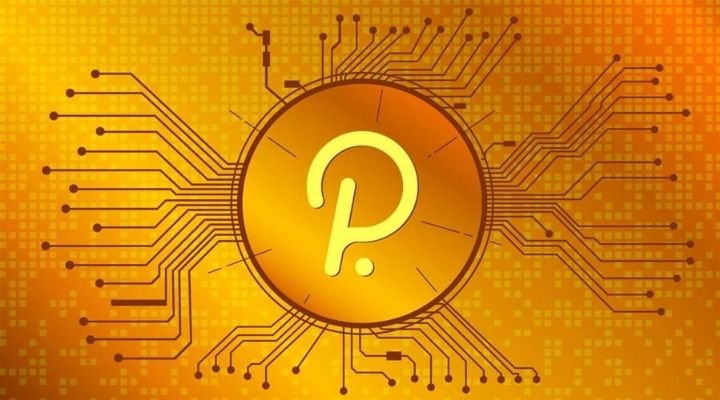
Take a look at the explosive growth of decentralized finance, or DeFi, this year, and it’s clear why Ethereum is dominating so many discussions in the enterprise space right now.
The native cryptocurrency of the second-largest blockchain, ether (ETH), is up 266 percent this year, more than twice as much as the soaring bitcoin (BTC).
However, many savvy digital-asset investors are hedging their bets by purchasing tokens connected with upstart blockchains that have the potential to overpower its Ethereum network, which is called the “world computer” due to its efficiency and programmability. A dot (DOT) of the Polkadot blockchain, whose co-founder Gavin Wood was a co-founder of Ethereum, also is such a token.
Polkadot is built around the idea of “parachains,” which are blockchains that can process many transactions per second than Ethereum due to their more sophisticated design. The word is brief for “parallel blockchains,” as per Peter Mauric, at Parity Technologies.
As per Polkadot investors, developers have used Moonbeam, a Boston firm that has designed its own parachain to resemble a toolkit familiar to Ethereum developers. Interlay, which plans to launch a wrapped bitcoin project called “PolkaBTC” in 2021, and cross-chain liquidity supplier Balance, this will be the first Polkadot project, are two results presenting use cases to Polkadot.
Polkadot’s able to develop new blockchains is compelling from an investment standpoint, according to van Schreven. Having supported Ethereum, van Schreven believes Polkadot’s “blank slate” will allow it to offer users brand-new robustness, certainty, and governance features. The Polkadot platform’s own token, DOT, performs three functions. It is staked to provide security for the relay chain, to be bonded to connect a chain to Polkadot as a parachain, and to be used for network governance. All of this could lead to more developers adopting the network, which is one of the drivers for Ethereum’s growth and Polkadot’s parachains would bring the advantage of that fact.
Its ultimate goal is to serve as a framework for all blockchains that choose to participate, similar to how HTML allows websites, browsers, and servers to communicate with one another. The goal is to take care of the time-consuming and expensive cryptocurrency mining procedures (such as transaction validation and security protocols) so that developers may concentrate on developing dapp and smart contract functionality
What is the significance of this?
Developers that are creating novel, decentralised systems must now construct them from the ground up. This also implies that effort, skill, and resources are being directed toward the creation of rival networks rather than a standard on which everyone may build.
Transaction addresses are validated and data is standardised in the network’s so-called “relay chain” so that it can be understood by any machine. All of the chains’ security is pooled here.
While functionality is taken care of, Polkadot-connected blockchains can utilise their own PoS method, select when and how to upgrade their code, and run any dapps or tokens they want.
Also read : Is Tesla still Accepting Bitcoin as a Payment Method ?

